Green homes have gone mainstream, and one of the most popular ways to be friendly to the environment and your wallet at the same time is to focus on energy efficiency. Less energy used means less fossil fuels consumed! (Where’s that clothesline?) Of course, “less” is a relative term. How do you know how well you’re really doing on that front—and how you might improve?
It’s time for an eco-friendly pulse check. Here are some of the latest stats on how energy-efficient the average home is, plus exactly how much youcan save if you add a few green upgrades yourself.
How much energy does the average home consume?
The Department of Energy’s most recent stats say the average home uses 90 million Btu of energy per year. (Btu, or British thermal unit, is the amount of heat required to raise the temperature of 1 pound of water by 1 degree Fahrenheit.) To give you a better sense of how much energy that is, a home consumes nearly 50% more energy than the average car.
What’s sucking up all that energy?
According to the DOE, 41% of those Btu go toward heating rooms, and 17% are used for heating just water. Only 6% goes toward air conditioning, while the remaining 36% powers lighting, appliances, and electronics.
How much does the average household spend on energy?
Every year, homeowners spends $1,945 on their energy bills.
So how green are our homes, anyway?
According to the U.S. Green Building Council, approximately 121,400 homes around the world to date are LEED-certified. That certification, by the council, means these homes have been evaluated on things like water efficiency, indoor environmental quality, and sustainability and deemed to meet or exceed their standards. LEED (Leadership in Energy and Environmental Design) homes use 20% to 30% less energy and water, which results in significantly lower utility bills.

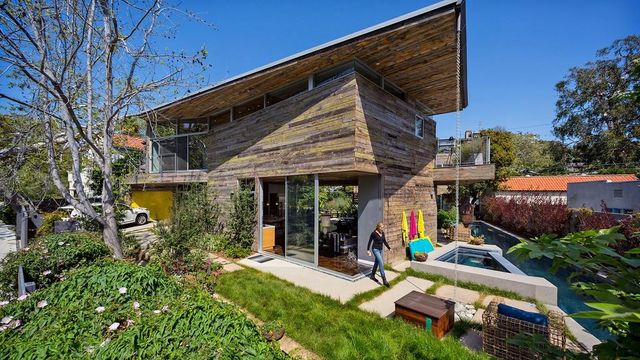
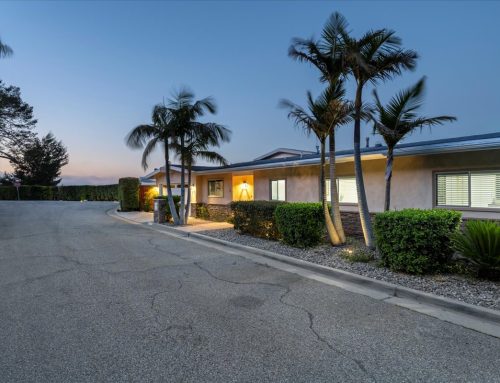

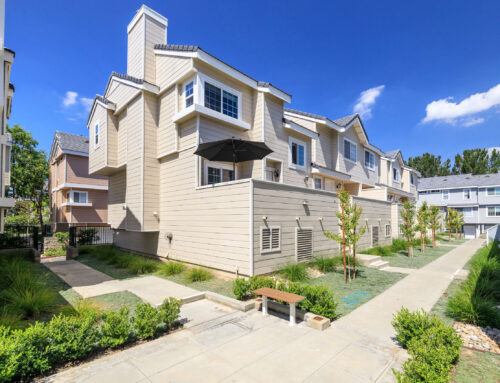
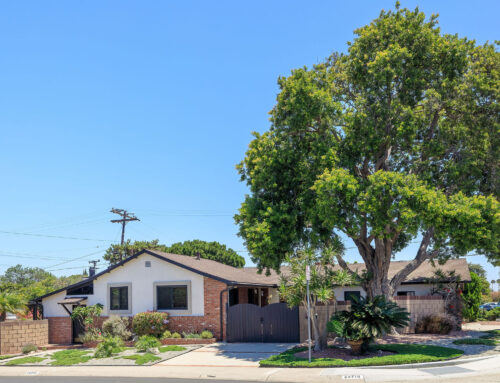
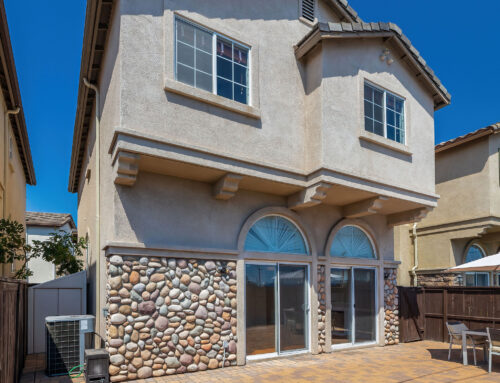
Leave A Comment
You must be logged in to post a comment.